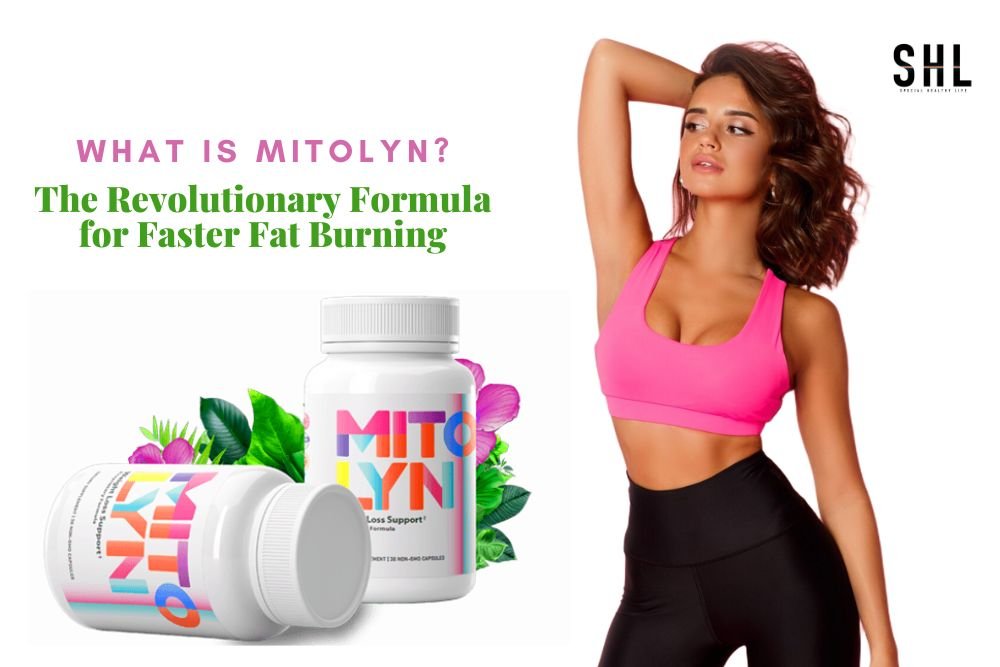Welcome to our comprehensive guide on joint pain elbow. In this article, we will explore the various causes, symptoms, and treatment options for elbow joint pain. Whether you’re an athlete, a manual laborer, or someone experiencing discomfort in their daily activities, understanding the underlying factors and available remedies can help alleviate pain and improve your quality of life.

Joint Pain Elbow: Understanding the Basics
The elbow joint, comprising the humerus, radius, and ulna bones, is a crucial hinge joint connecting the upper arm to the forearm. It allows for flexion, extension, and rotational movements of the arm. However, due to its frequent use and exposure to repetitive motions, the elbow joint is prone to injuries and conditions that result in pain and discomfort.
Common Causes of Joint Pain Elbow
1. Overuse and Repetitive Strain Injuries
Overuse and repetitive strain injuries are often the leading causes of joint pain elbow. Activities involving repetitive motions, such as typing, painting, or playing sports like tennis or golf, can strain the tendons and muscles surrounding the joint. This leads to conditions like tennis elbow (lateral epicondylitis) or golfer’s elbow (medial epicondylitis), characterized by pain on the outside or inside of the elbow, respectively.
2. Arthritis
Arthritis, specifically osteoarthritis and rheumatoid arthritis, can affect the elbow joint and cause pain. Osteoarthritis occurs due to the gradual wear and tear of the joint cartilage over time, while rheumatoid arthritis is an autoimmune condition that leads to inflammation and joint damage. Both types of arthritis can result in joint pain, stiffness, and limited range of motion.
3. Fractures and Dislocations
Traumatic events, such as falls or accidents, can cause fractures or dislocations in the elbow joint. Fractures refer to a break in the bone, while dislocations involve the misalignment of the joint. These injuries can cause severe pain, swelling, and difficulty in moving the arm. Seeking immediate medical attention is crucial in such cases to ensure proper diagnosis and treatment.
4. Bursitis
Bursae are small, fluid-filled sacs that cushion and reduce friction between bones, tendons, and muscles. When these bursae become inflamed, a condition called bursitis occurs. Elbow bursitis can be caused by repetitive pressure, leaning on the elbow for extended periods, or direct trauma to the joint. It typically manifests as swelling, tenderness, and pain at the tip or back of the elbow.
5. Tendinitis
Tendinitis refers to the inflammation of tendons, which are the fibrous tissues connecting muscles to bones. In the case of the elbow joint, tendinitis can occur in the tendons of the biceps, triceps, or forearm muscles. Activities involving repetitive elbow movements or excessive strain on the tendons can lead to tendinitis, causing pain, swelling, and limited mobility.
Symptoms of Joint Pain Elbow

When experiencing joint pain elbow, you may notice several accompanying symptoms. While the specific indicators may vary depending on the underlying cause, the following are common signs associated with elbow joint pain:
- Swelling and inflammation around the elbow joint
- Tenderness and pain during movement or at rest
- Limited range of motion and stiffness
- Weakness in the affected arm or hand
- Numbness or tingling sensation in the fingers
- Difficulty in gripping or carrying objects
- Redness or warmth around the joint area
The Role of Hyaluronan in Joint Health Elbow
Embrace Joint Comfort: The Revolutionary Blend of Hyaluronan. Click Here.
Hyaluronan, also known as hyaluronic acid, is a naturally occurring substance found in the body, particularly in the synovial fluid that lubricates the joints. It plays a crucial role in maintaining joint health, including the elbow joint. Hyaluronan has unique properties that contribute to its effectiveness in promoting joint function and reducing pain.
Lubrication and Shock Absorption
One of the primary functions of hyaluronan in the elbow joint is to provide lubrication and facilitate smooth movement. Within the synovial fluid, hyaluronan forms a gel-like substance that coats the joint surfaces, reducing friction between the bones during movement. This lubricating effect allows for smooth and pain-free motion of the elbow joint.
Moreover, hyaluronan acts as a shock absorber within the joint. It helps cushion the impact and distribute the load evenly, protecting the joint from excessive stress and reducing the risk of injuries and wear-and-tear damage.
Joint Nutrition and Hydration
In addition to lubrication, hyaluronan plays a vital role in joint nutrition and hydration. It has the ability to retain and attract water molecules, thereby maintaining optimal hydration within the joint. This hydration is crucial for the health and integrity of the joint cartilage, which covers the articulating surfaces of the bones in the elbow joint.
The hydrated cartilage acts as a smooth and resilient cushion, allowing for proper joint movement and reducing friction. Hyaluronan ensures the continuous hydration of the cartilage, promoting its elasticity and preventing degeneration.
Anti-inflammatory Properties
Revive Your Joints, Rejuvenate Your Life: Hyaluronan at Your Service. Click Here.
Hyaluronan also exhibits anti-inflammatory properties, which can be beneficial in managing joint pain and inflammation associated with conditions such as arthritis or bursitis. In inflamed joints, the production of hyaluronan may be compromised, leading to a decrease in its concentration and lubricating abilities.
Supplementing hyaluronan through injections or oral supplements can help alleviate inflammation by restoring the optimal levels of hyaluronan in the joint. This can result in reduced pain, swelling, and improved joint function in individuals experiencing joint pain elbow.
Supporting Joint Healing and Repair
In cases of joint injuries or degenerative conditions, such as osteoarthritis, the natural production of hyaluronan may decrease. This can hinder the joint’s ability to heal and repair itself. Introducing exogenous hyaluronan can provide the necessary support for joint healing and tissue regeneration.
Hyaluronan injections, often administered by healthcare professionals, can be used to supplement the natural hyaluronan levels in the joint. This promotes the regeneration of damaged tissues, reduces inflammation, and improves overall joint function.
Treatment Options for Joint Pain Elbow

1. Rest and Immobilization
For minor cases of joint pain elbow, resting the affected arm and immobilizing the joint with a brace or splint can help alleviate symptoms. This approach allows the injured tissues to heal and reduces strain on the joint.
2. Physical Therapy and Exercises
Physical therapy and targeted exercises play a crucial role in rehabilitating the elbow joint and restoring its function. A qualified therapist can guide you through specific exercises to strengthen the muscles around the joint, improve flexibility, and promote healing.
3. Medications for Pain Relief
Over-the-counter nonsteroidal anti-inflammatory drugs (NSAIDs), such as ibuprofen or naproxen, can help reduce pain, inflammation, and swelling associated with joint pain elbow. In more severe cases, your doctor may prescribe stronger pain medications or corticosteroid injections to provide relief.
4. Hot and Cold Therapy
Applying heat or cold to the affected elbow can help alleviate pain and reduce swelling. Hot therapy, such as a warm compress or a heating pad, helps relax the muscles, while cold therapy, like an ice pack, can numb the area and reduce inflammation.
5. Surgery
In cases of severe joint damage or when conservative treatments fail to provide relief, surgical intervention may be necessary. Surgical options for elbow joint pain include arthroscopy, joint replacement, or tendon repair, depending on the specific condition and its severity.
Conclusion about Joint Pain Elbow
Joint pain elbow can significantly impact daily activities and reduce the quality of life. By understanding the causes, symptoms, and treatment options, you can take proactive steps to manage and alleviate elbow joint pain. Remember, if you experience persistent or severe pain, it’s crucial to consult with a healthcare professional for an accurate diagnosis and tailored treatment plan. Take care of your elbow joints, and regain your freedom of movement and comfort.
Hyaluronan plays a vital role in maintaining joint health, including the elbow joint. Its lubricating, shock-absorbing, and anti-inflammatory properties contribute to smooth joint movement, pain reduction, and protection against degenerative conditions. By understanding the significance of hyaluronan and its positive impact on joint health, individuals experiencing elbow joint pain can explore treatment options that incorporate this essential substance to improve their overall joint function and quality of life.
FAQs (Frequently Asked Questions)
1. What is the best way to prevent joint pain in the elbow?
To prevent joint pain elbow, it’s essential to practice proper ergonomics, maintain good posture, and avoid repetitive motions whenever possible. Additionally, engaging in regular exercises that strengthen the muscles around the elbow joint can help provide stability and reduce the risk of injuries.
2. Can joint pain in the elbow be a sign of a more serious condition?
Yes, in some cases, joint pain elbow may be indicative of an underlying medical condition that requires medical attention. If the pain is persistent, worsens over time, or is accompanied by other concerning symptoms, it’s recommended to consult a healthcare professional for a thorough evaluation.
3. Are there any home remedies for relieving joint pain in the elbow?
Yes, there are several home remedies that can provide temporary relief for joint pain elbow. These include applying a cold compress, gently massaging the area, practicing gentle stretching exercises, and using over-the-counter pain relief creams or gels. However, it’s important to note that home remedies may not address the underlying cause and should be used in conjunction with professional medical advice.
4. Can joint pain in the elbow be a result of poor nutrition?
While poor nutrition alone may not directly cause joint pain elbow, maintaining a healthy diet rich in essential nutrients, including omega-3 fatty acids, antioxidants, and vitamins, can support joint health and reduce the risk of inflammation and associated pain.
5. How long does it take to recover from elbow joint surgery?
The recovery time after elbow joint surgery varies depending on the type of procedure performed and individual factors. It can range from several weeks to several months. Following post-operative guidelines, attending physical therapy sessions, and adhering to a rehabilitation plan are crucial for a successful recovery.
6. When should I seek immediate medical attention for joint pain in the elbow?
You should seek immediate medical attention if you experience severe joint pain elbow following an injury, have difficulty moving the arm, notice an abnormal deformity in the joint, or if the pain is accompanied by severe swelling, redness, or signs of infection.





